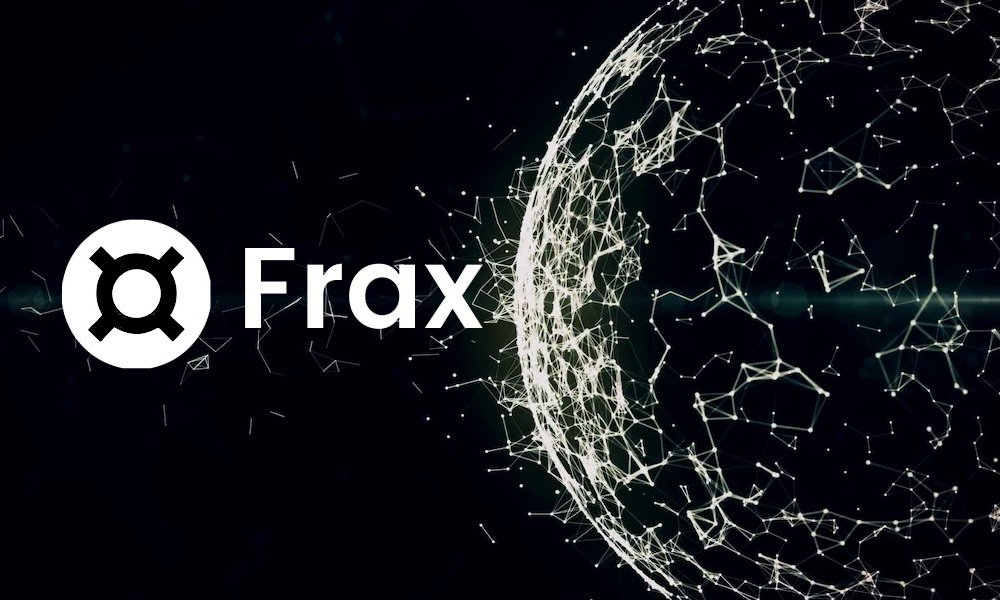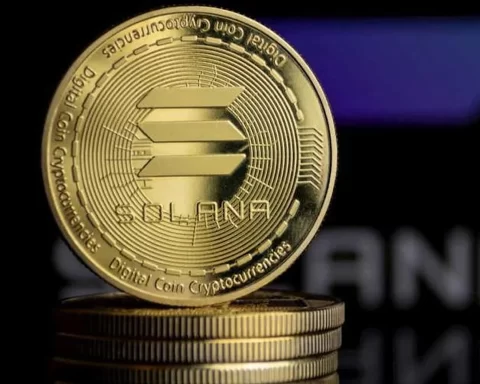Decentralised finance (DeFi) protocol Frax Finance voted on Wednesday to collatoralise its native token Frax (FRX).
According to its FIP-188 proposal last week, the governance forum ruled to target its collateral ration to 100 percent via its earnings, allowing the protocol to boost its stablecoin reserves.
This has led to a major shift for the world’s fifth-largest stable coin as it aims to remove its stabilising algorithm, reports said.
The stablecoin is pegged to the US dollar and backed by collateralised digital assets. It uses an algorithm to stabilise it value by minting and burning its FXS governance token owned by Frax Finance.
Frax Finance’s decentralised autonomous organisation (DAO) votes and rules with direct democratic control of its community via proposals.
The current proposal will keep protocol earnings while purchasing up to $3 million USD in its liquid Ether staking derivative, frxETH.
This will replace creating FXS tokens to raise collateral ratios and avoid boosting its tokens supply.
According to a Telegram group chat from Sam Kazemian, Frax Finance’s co-founder, he supported boosting collateral as the “safest design, while also being the most capital efficient.” Voters unanimously backed the proposal by 98 percent.
Depegged Stablecoins Face Glitches
The news comes after numerous stablecoins were depegged and fell significantly in value. This sparked the collapse of major cryptocurrencies such as TerraUSD in May last year, leading authorities to investigate Terraform Labs and Do Kwon on charges of defrauding investors.
Nearly $600 million USD in redemptions took place last year following the FTX bankruptcy, causing Tether (USDT) to decrease to $0.97. TrueUSD (TUSD), BInanceUSD (BUSD) and others were also affected last year following the crisis.




